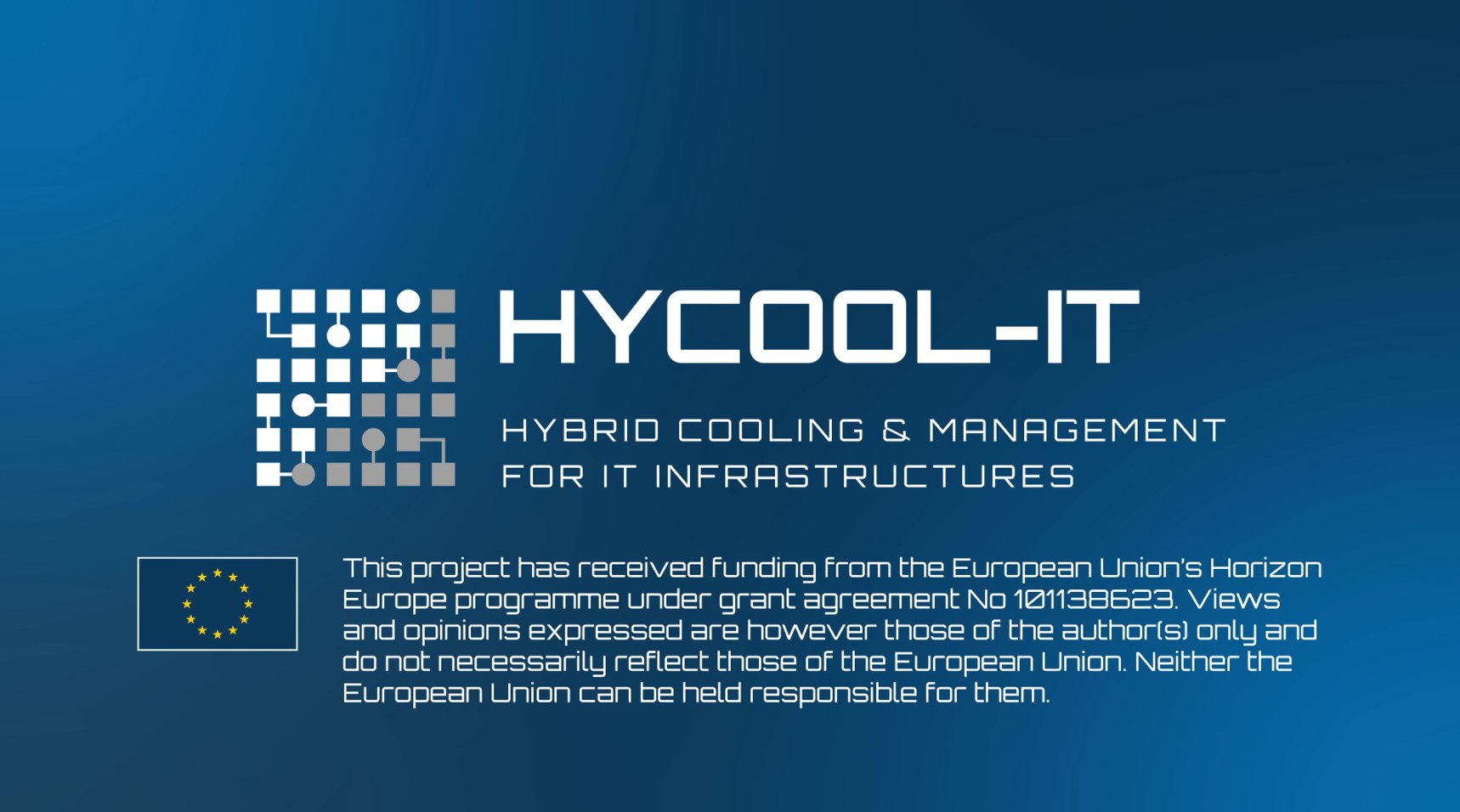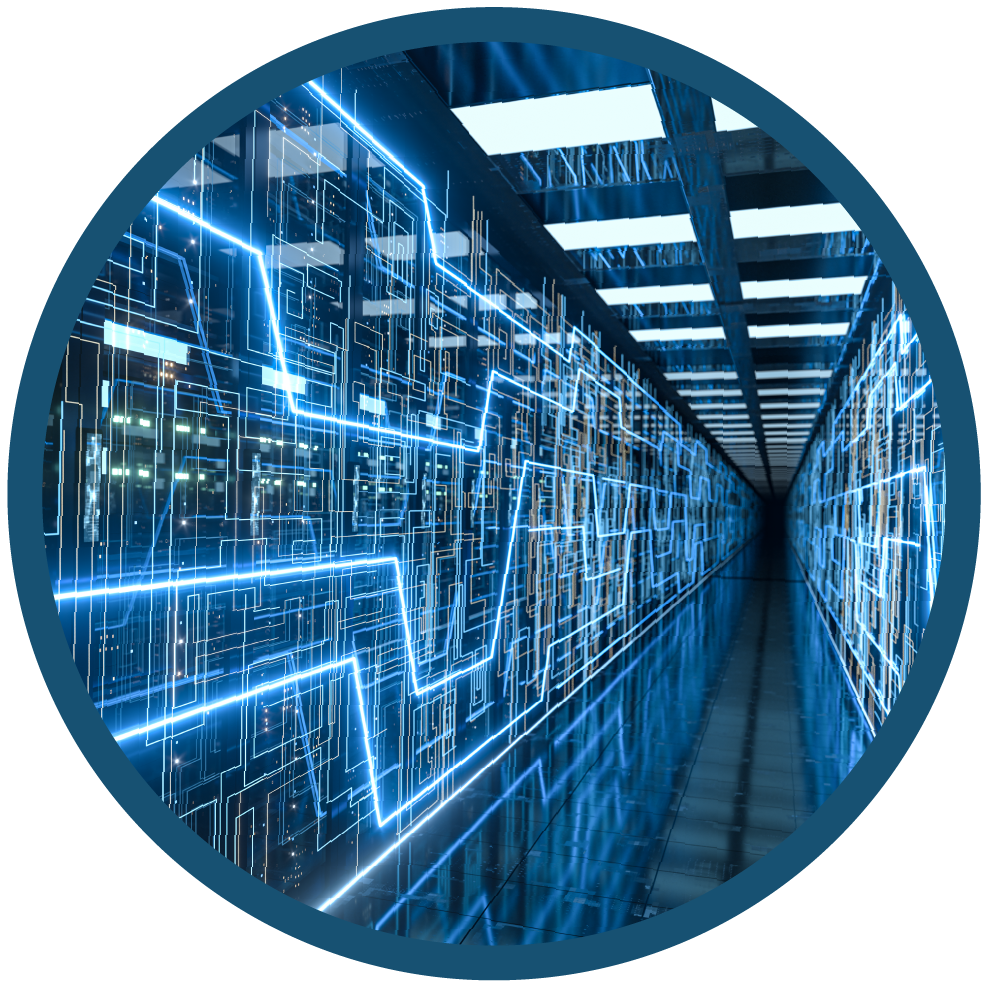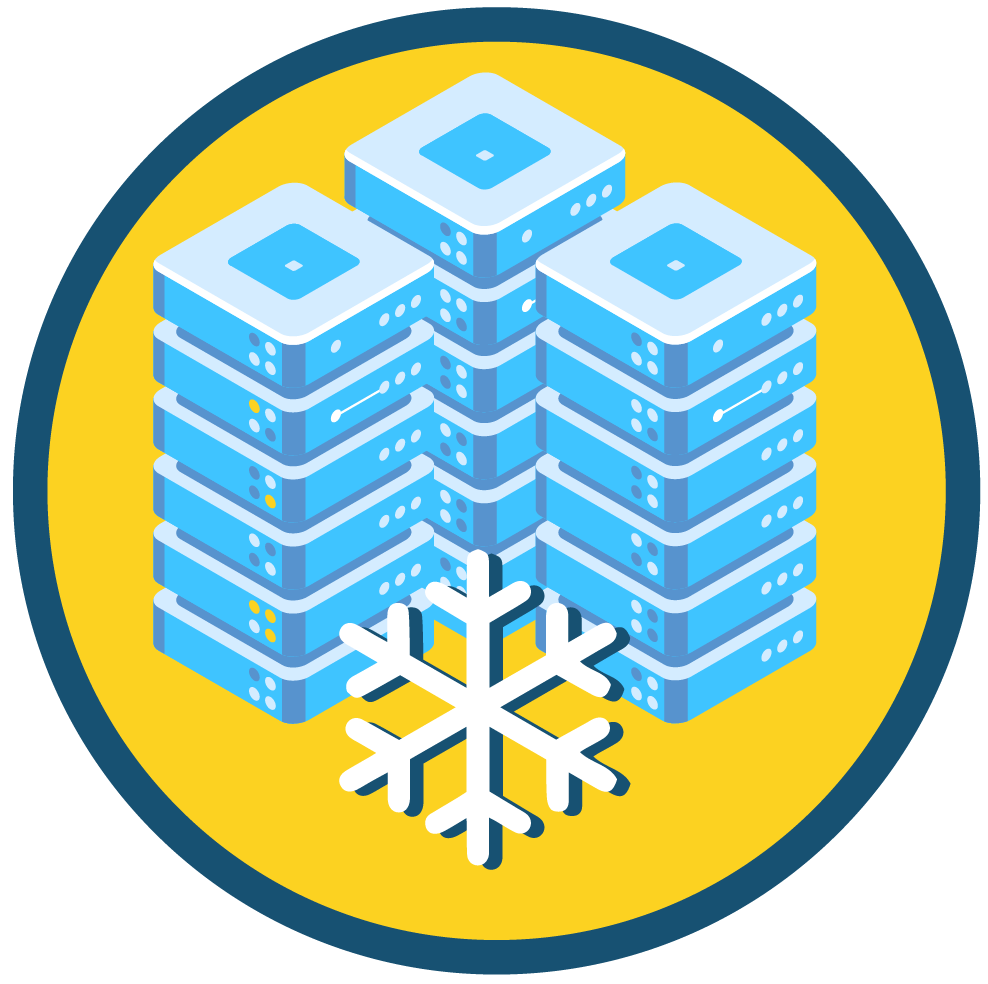HYBRID COOLING & MANAGEMENT FOR IT INFRASTRUCTURES

What is Hycool-IT?

The Problem
Hycool_IT intends to develop and demonstrate the feasibility to generate and upkeep a Digital Twin of both the IT Server Room and the whole Building.
Electricity consumption of Server Rooms in tertiary buildings constituted a significant share of the total energy consumption in finance and public offices, and it was estimated at 4% of the electricity demand in the EU27+2 tertiary sector. Such demand has been growing in recent years and is expected to grow even more, following the increasing trend for the total EU electricity consumption of data centers. Many companies, school districts, hospitals, and universities are increasingly requiring bigger Server Rooms included in their premises to provide support of their critical Information Technology (IT) applications, as well as the smart managing of the asset itself.
In parallel to the Data Centres main issue, these rooms present a huge energy consumption to compute and at the same time to keep a precision grade cooling of the IT equipment. Better known as CRAC (Computer Room Air Conditioner) units, server rooms must include cooling, humidification, dehumidification, low ambient cooling controls, and rugged construction able to operate 7×24 along the whole lifetime. Temperature and humidity should be controlled to meet ASHRAE guidelines. Due to some issues (e.g., non-optimal air distribution, incorrect setpoints, server hot spots etc.) the CRAC operation can be inefficient. LCA studies revealed that the main environmental impacts derive from the electricity use of IT equipment and the associated CRAC units in the use phase, and the embodied energy of new servers can be easily compensated by their lower energy consumption with respect to old (more than 3 years) servers. This suggests that besides renovation of old servers with new ones, thermal management of server rooms is key. In respect to this, building integration is also important, since, through optimal design, waste heat from IT equipment can be valorised.

The Solution
Hycool_IT is a 3-year research and innovation project involving 9 partners from 6 European countries.
The Building Digital Twin Environment (BDTE) will be developed as a PaaS with their specific Web API communication microservices to connect specific tools to support planning and design assessment, commissioning and performance evaluation processes including advanced technical equipment solutions digitalized through as BDT SimBOTs (interactive simulators) in the ICT Ecosystem to enable a more effective integration and operation of these advanced server rooms within the whole buildings. Moreover, SimBOTS pave the way for the future prescription of the innovative technical equipment proposed in the project. In addition, existing rooms can be mirrored and enhanced with the usage of BDT Environments to generate improved baselines and forecasting to support designers in the design phase, choosing the best design option and for maintenance engineers to enable performance contracting to realise the KPI’s.
Impacts

The Building Digital Twin Environment (BDTE) will be developed as a PaaS with their specific Web API communication microservices to connect specific tools to support planning and design assessment, commissioning and performance evaluation processes including advanced technical equipment solutions digitalized through as BDT SimBOTs (interactive simulators) in the ICT Ecosystem to enable a more effective integration and operation of these advanced server rooms within the whole buildings.
Moreover, SimBOTS pave the way for the future prescription of the innovative technical equipment proposed in the project. In addition, existing rooms can be mirrored and enhanced with the usage of BDT Environments to generate improved baselines and forecasting to support designers in the design phase, choosing the best design option and for maintenance engineers to enable performance contracting to realise the KPI’s.